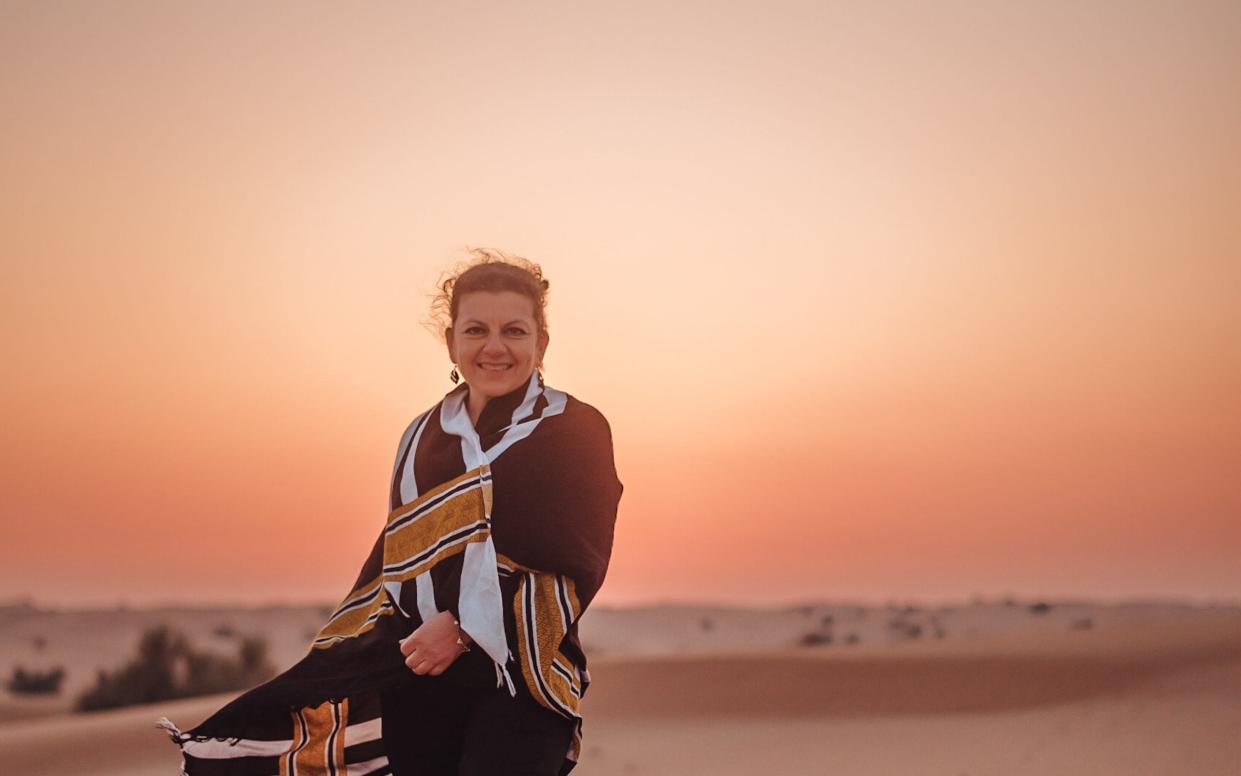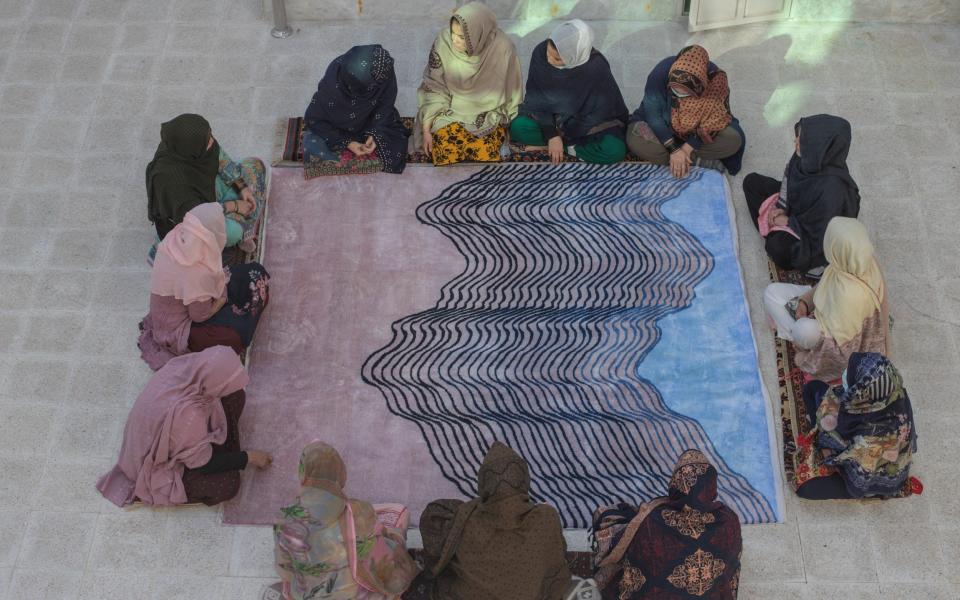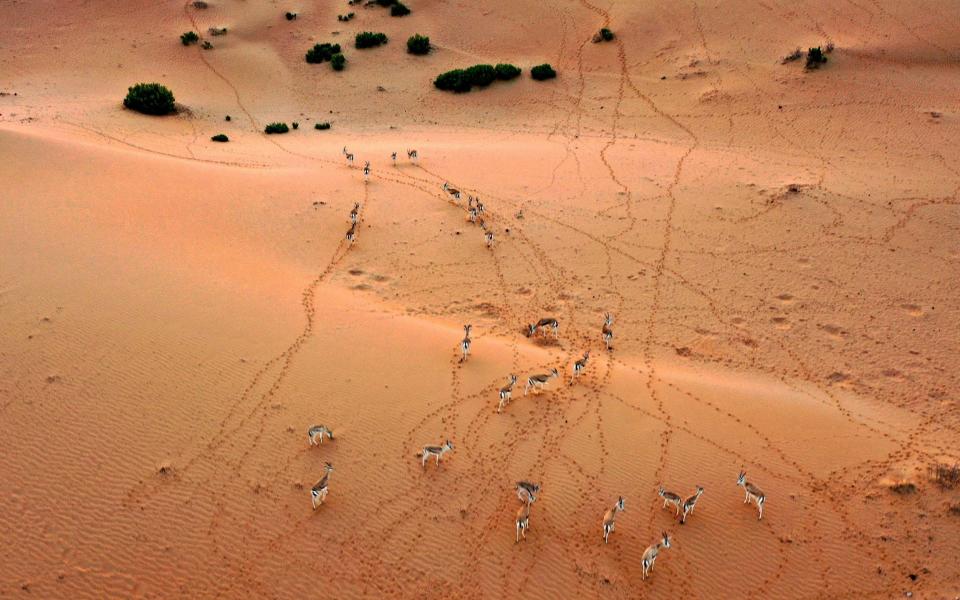I was a Dubai doubter – but found things there to love

Some marriages are made in heaven, others in the land of square pegs and round holes, of chalk and cheese. Dubai and me – that’s us.
In truth, the disparity between what it and I stand for is so vast that its position in the top five places I have never wanted to visit has remained unassailable for decades, despite regular requests for me to go there from a close friend who worked in the emirate for eight years.
Granted, she didn’t do much to sell the place – describing a city where she lived a lonely and disconnected life, but it was the price she was willing to pay to clear the mortgage on her Chelsea flat: 25 years working in London versus eight in Dubai.
The reasons I had avoided the emirate over the years included the sense that it represented conspicuous consumption and unconstrained capitalism. I was concerned about all the air conditioning, an absence of nature, the fact that it was a magnet for influencers – and the likelihood that I would have to take taxis everywhere.
Recently, however, something took me there. And that something was the niggling thought that I was becoming too set in my ways and growing increasingly reluctant to challenge my perceptions. I wanted my opinions to be based on experience rather than conjecture. Good friends had told me that I should give Dubai a chance, that a different scene was developing beneath the headline-making skyscrapers and the celebrities who flocked to them.
I had also learnt that 25hours, a brand I had heard wonderful things about, was opening a hotel there. So I set off for five days in Dubai. On each of them, I found lots to cement my views but also plenty that challenged them. Here are five things I found to love.
The 25hours Hotel Dubai One Central
Christoph Hoffmann’s first 25hours hotel outside Europe is full of playfulness, creativity and charisma. It is packed with things to do, including 6,000 books to read – 1,000 more than even the most voracious reader is likely to read in a lifetime – some interesting art and antiques, great food and coffee, and an analogue music area where midlifers like me can relive old memories by listening to the sounds of their past on vinyl or on tapes in a Walkman. The über-hip Monkey Bar, on the rooftop, even got old stick-in-the-mud me – last seen dancing in the 1980s – moving.
Doubles cost from £208 (00 971 4 210 2525; 25hours-hotels.com)
A different Dubai

Catching a glimpse of what life here looked like before the advent of high-rise tourism isn’t easy, but it can certainly be done. You need to leave hotel-heavy Downtown, Al Barsha, Palm Jumeirah and the International Financial District and instead head to Al Bastakiya, Deira and Bur Dubai.
Al Bastakiya (dubaiculture.gov.ae), also known as Al Fahidi Historical Neighbourhood, on Dubai Creek, is the city’s oldest community. Built by Persian merchants during the 1890s, about half of its 60 or so beautiful stone, gypsum, teak-, sandal- and palm-wood buildings were demolished in the 1980s.
What remained has been completely renovated yet somehow retains a sense of history. I spent the morning meandering along its twisting lanes, watching shadows shift on desert-coloured wind towers and poking around in junk shops to spot treasure among the tut.
In Bur Dubai, I had lunch at one of the city’s oldest restaurants, Al Ustad Special Kabab (alustadspecialkabab.has.restaurant). This Persian hotspot, which opened in 1978, was fast, frantic and fun. I loved the sheer pace of it – the lunch-timers shouting out their orders as they walked in, the speed at which the food appeared and then promptly disappeared.

An evening food tour with Frying Pan Adventures (£96pp; fryingpanadventures.com), visiting restaurants in Al Rigga, gave further insight into how residents live. Every chair in a barber shop was occupied by men getting their faces steamed, their beards trimmed and their feet coddled; pavement cafes bustled with family life, and neighbours dawdled on the street to exchange pleasantries.
We dutifully ate our way through the Middle East: falafel from a tiny Palestinian street cafe; mana’eesh (herby flatbreads), tahini and hummus at a Syrian restaurant, and Lebanese baklava.
Some art, in warehouses

Independent tea and coffee outlets – Project Chaiwala (projectchaiwala.com) and Nightjar (nightjar.coffee) respectively) – a female-run arthouse cinema (Cinema Akil; cinemaakil.com), a community art project (thejamjar; thejamjardubai.com) and sustainable fashion… was I in hipster Berlin? Brooklyn? No, I was in Al Quoz’s industrial-cum-culture district, Alserkal Avenue (alserkal.online). Comprising dozens of warehouses that were once part of a marble factory, the avenue’s buildings are now occupied by emerging artists, designers and entrepreneurs. I loved its verve and its enterprise, the boundless energy of the creative souls who have gathered there and their principles.
How nice that Project Chaiwala serves tea in clay pots that dissolve into earth again, and that French-Tunisian artist eL Seed (real name Faouzi) uses his beautiful art to spread messages of peace and to publicise causes that need the world’s attention. Alserkal Avenue founder Abdelmonem Bin Eisa Alserkal says the booming art scene is a sign of how Dubai is evolving. “It’s the natural progress that comes with the development of a city,” he said in an interview he gave to Christie’s Magazine. “It takes time to develop a middle class who want to enrich their lives by looking at art.”
A community project for women

A 30-minute taxi ride heading north out of Dubai will take you to the Contemporary Crafts Council (irthi.com), in Sharjah. Irthi creates opportunities for women to use traditional skills that have been handed down from mother to daughter, not only to enable them to make a living, but also to preserve heritage crafts such as safeefah (weaving palm leaves, or khoos) and telli (hand-braiding metallic and silk threads).

At Irthi’s showroom I learnt how collaborations with international designers and even mega brands such as Cartier and Bvlgari are breathing new life into handicrafts and making them more relevant to a younger market. The project also provides education, training and mentoring.
The desert

Dubai Desert Conservation Reserve (ddcr.org) is the first national park in the UAE. Covering 5 per cent of Dubai, this last unspoilt desert is truly spectacular – and there is lots to do there, including a wildlife drive on which you can see free-roaming Arabian onyx, Arabian sand gazelles and even wildcats (from £88; getyourguide.co.uk).
I went for a (rather more costly) dune and dine experience (from £177; nara.ae), the highlight of which was a falconry display, or rather a demonstration of the devotion the falconer had for his birds. I found his love for them deeply moving – yet another revelation on a trip that confounded at least some of my expectations.
Reader Service: Planning a trip? Learn how to get travel insurance for Dubai via the Telegraph Media Group Travel Insurance Service.

